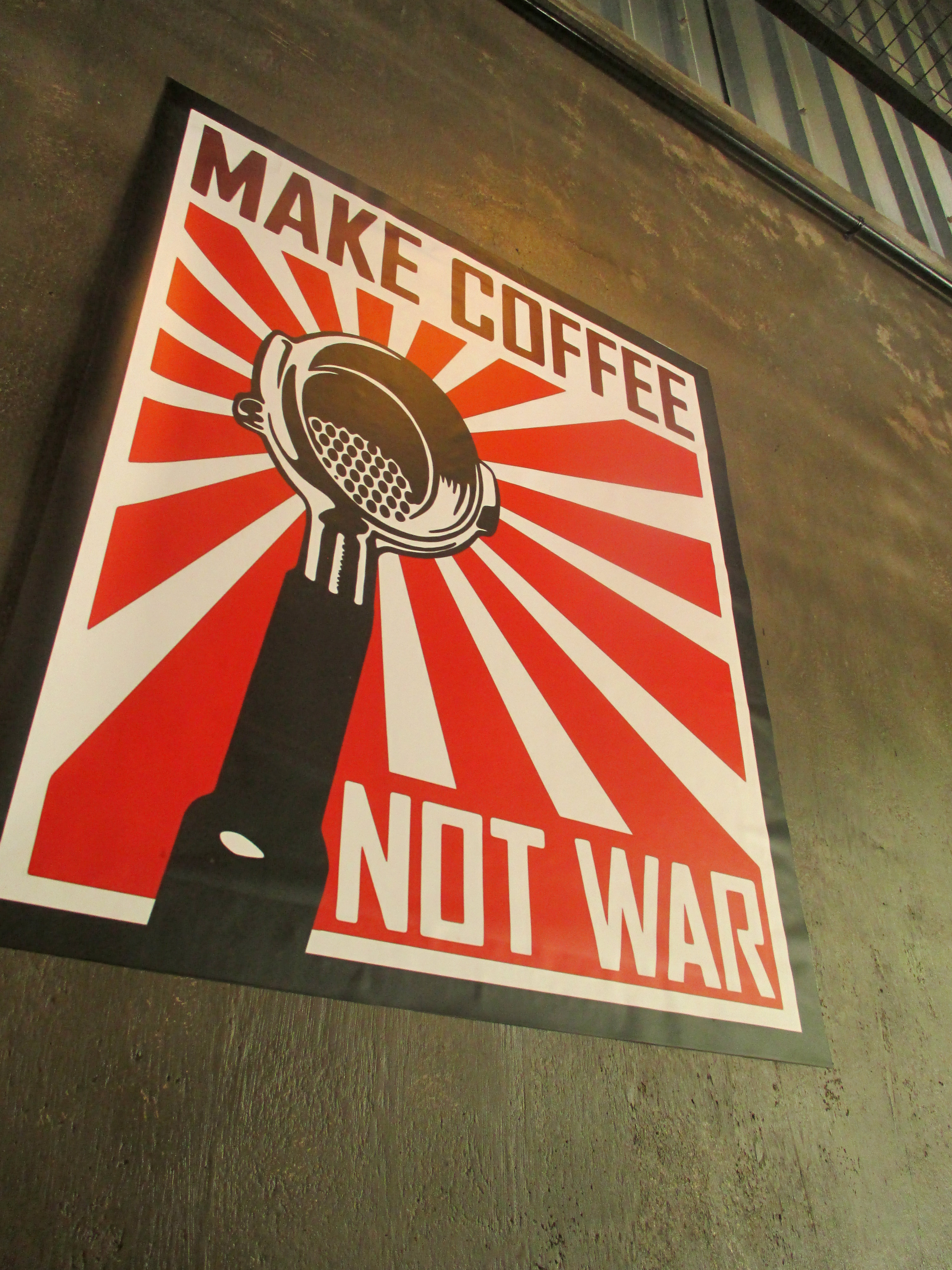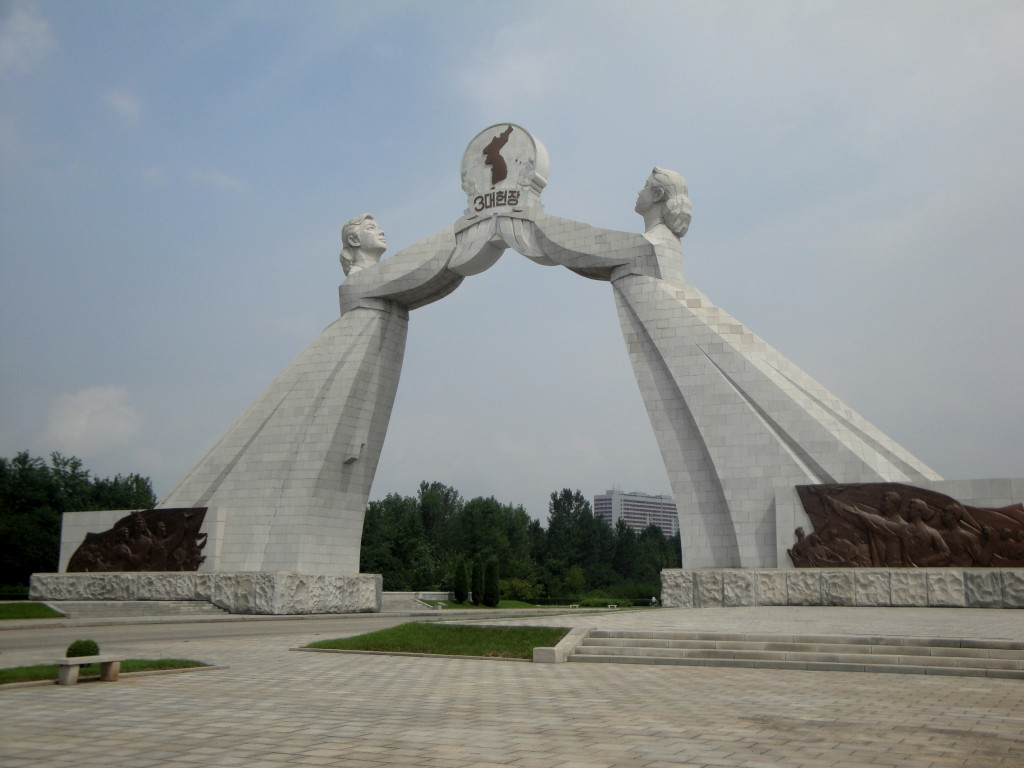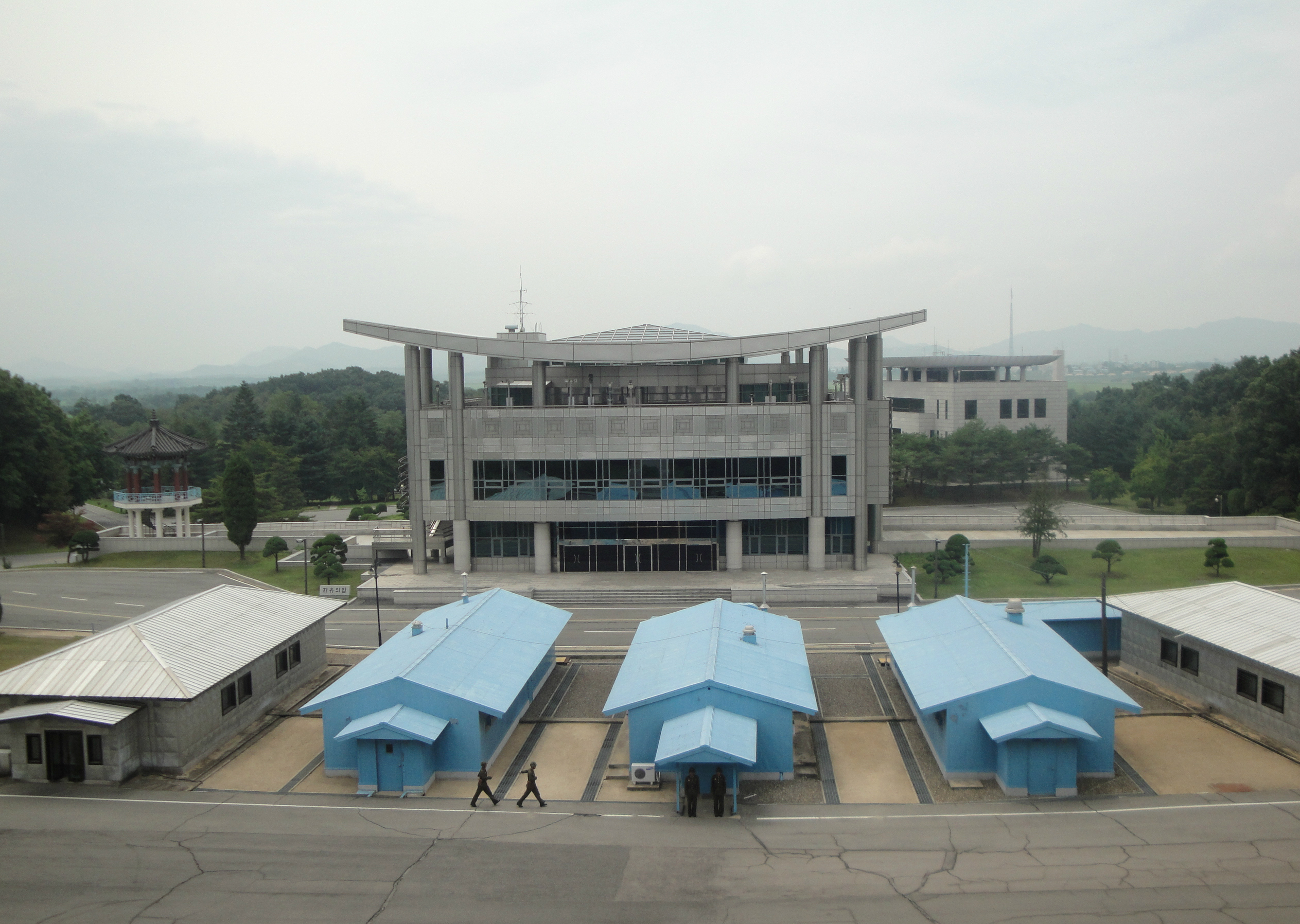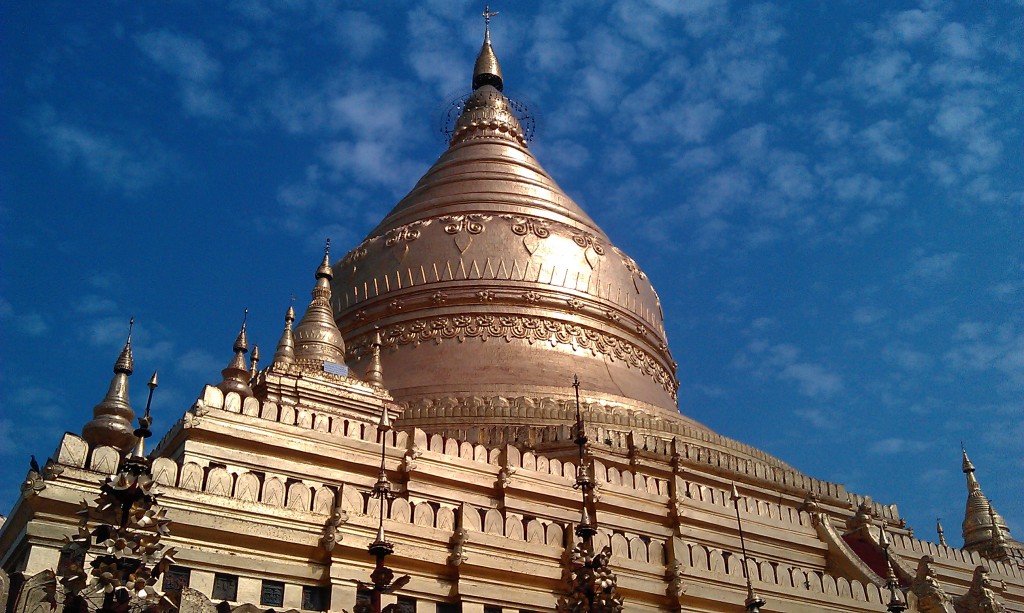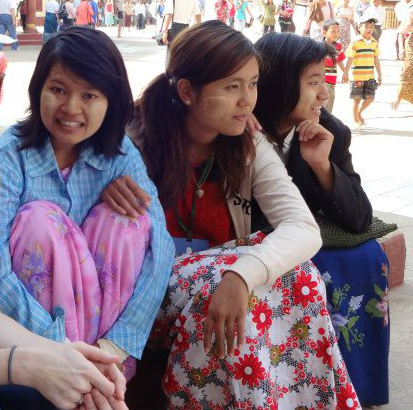Published on April 7, 2014 in Young & Global Magazine:
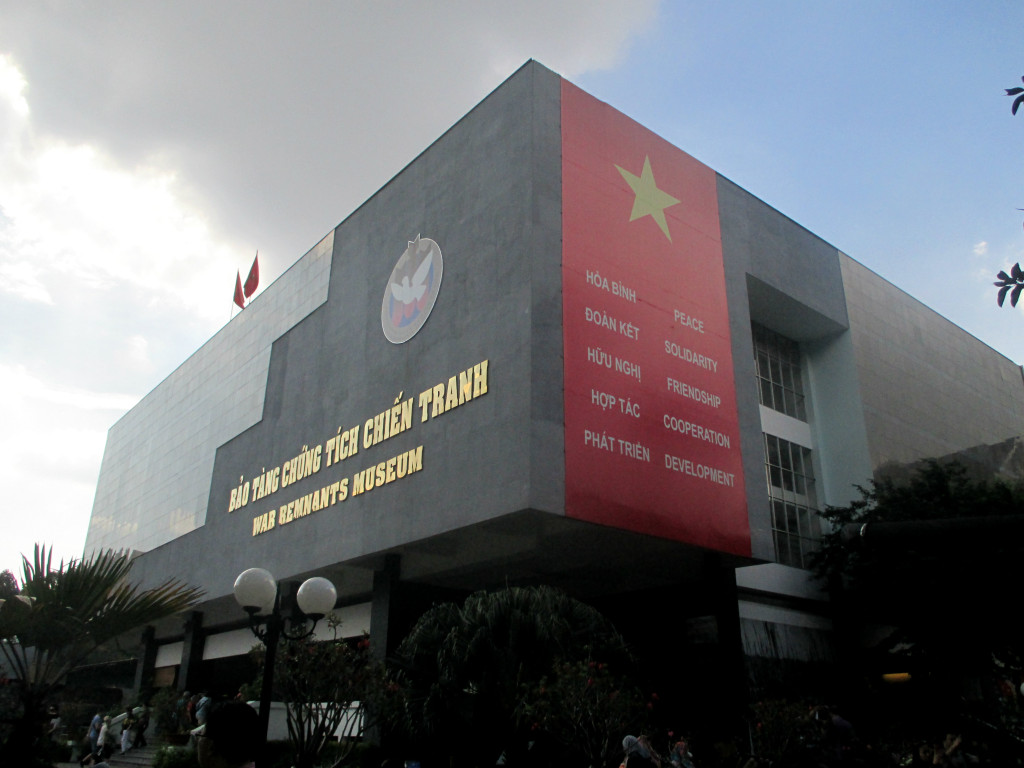
War Remnants Museum
Here’s a question you probably weren’t asked in history class: Who won the American War? If you’re a little confused as to which war I’m referring to, you’re probably not Vietnamese. To the rest of the world, the prolonged struggle from 1959 to 1975 between communist-backed northern Vietnam and the United States-supported south is commonly known as the Vietnam War. A recent visit to Ho Chi Minh City (formerly Saigon) taught me that history would never be an easy topic to confront or discuss abroad, but that it is worth trying.
A great many Westerners know little about the history of Vietnam before or after this gruesome conflict. The Southeast Asian nation makes a single, traumatizing cameo in American history books, and students will rarely learn about Vietnam from any other angle. While it would be ideal if our education about other nations were more holistic, it isn’t unusual or even remarkable that Americans are taught about the world mainly through our own country’s actions and interactions.
However, it is often forgotten—as in the case of Vietnam—that the foreign players in our nation’s history have long and rich backstories of their own. This is why travel continues to be vital in an era when every nation on earth is represented by galleries of photos on the internet and summaries on Wikipedia. When we go out into the world, we relocate not just our physical bodies, but our minds as well. We are granted the ability to hear these countries’ histories as narrated from their points of view.
This can be frustrating. The history of the world you learned in school will likely be quite different from the recounting you hear abroad, especially when it comes to conflict. It may be tempting to enforce your own nation’s version of events as the “correct” one, but it is important to remember—whether you travel the world or not—that there will never be one entirely accurate account of history. Retellings vary from textbook to textbook, city to city, and country to country. Authors and historians make assumptions, mistakes, and oversights, just like the rest of us. In some cases, you will come across obvious biases or misrepresentations—such as in North Korea’s museums, which feature a clearly false retelling of world events—but most variations will not be so blatant.
History is a collection of human experiences, and each person experiences the world through a unique lens. This lens is heavily influenced by cultural norms and heritage, and many people are unaware of how deeply embedded these influences are. For example: a person who grows up in a powerful, independent country will learn (through formal teachings and subliminal cultural osmosis) to judge the world differently than one who grows up in a country influenced by foreign invasions and occupation. A person who grows up with more than enough to eat is going to appraise a meal differently than a person who grows up with barely enough. A nation that venerates honesty is going to reflect on war differently than a nation that venerates societal harmony.
It is easy to become emotional when faced with an unflattering version of history, particularly if you are American or British or Japanese. You may become angry with your own country, as perhaps you wonder why your teachers failed to cover certain historical events in class. Or you may direct your anger at the country you’re visiting, as perhaps you believe this retelling of events to be unfair. You may feel the urge to completely write off this account of the past, but by doing so you sacrifice a tool for gaining insight into the nation that authored the account. Instead of reacting blindly to this unattractive portrayal of your country, ask yourself why this portrayal exists in the first place.
The War Remnants Museum in Ho Chi Minh City attracts approximately half a million visitors annually and has become one of the city’s most popular tourist sites for foreigners. I left the museum in tears, shaken and bewildered by the unforgivingly vivid photographs of American soldiers smiling next to dismembered men, the piles of slaughtered women, and the children torn apart by U.S. bombs. It might be tempting to decry the War Remnants Museum as propagandist. After all, the museum depicts American soldiers as genocide machines who invaded this country for no reason, and there is almost no mention of any of the Vietnamese-on-Vietnamese atrocities that occurred. But it is worth mentioning that many of the photographs are from vetted American sources and it is worth considering why the Vietnamese government would choose to portray the conflict in such a manner. What might their objective be? And what does it say about them?
By framing this part of history in this way, the War Remnants Museum presents a national Vietnamese identity via its suffering. As a country literally and emotionally split in two by a bloody conflict, a unified identity was an uncertain reality, one that needed to be reinforced. And how better to unite people than to depict them with a common enemy? But this enemy isn’t the United States, however much the violent exhibitions may suggest that it is.
The ground floor of the museum is devoted to the international antiwar movement and the museum does take care to include Americans among the posters, newspaper snippets, and photographs: a B-52 pilot who defected, protests in Washington DC, quotes from Martin Luther King Jr., and so on. The Vietnamese government may want its population to forget how divided it once was, but the last thing it wants is to incite its people into another imbroglio. Thus, while the museum has no qualms about demonstrating the gory actions of the United States, the enemy it wants visitors to remember and fear is the brutality of conflict. We are supposed to understand that ideologies may be grand and noble, but for the civilians on the ground, war is never anything but senseless and inhuman.
In this case, I agree with the choice to portray history this way, even though I left the War Remnants Museum bawling. Most high school history textbooks explore the macro trends that spurred international conflict but don’t expound upon the grisly trauma. And so, it is occasionally necessary to recall that history happened to people. However, while Ho Chi Minh City’s visceral museum is an indispensable reminder of the human element of war, it is also necessary to remember that no matter how mindlessly violent, no conflict is created in a vacuum. Vietnam’s suffering was real and important, but it was not the entire story.
The War Remnants Museum displays some of what occurred during the Vietnam War, actions and reactions, but not why it occurred. Framing the war as a foreign invasion streamlines Vietnam’s role in the struggle, but it subsequently oversimplifies the convoluted and interlocking series of world events that led up to the conflict in the first place. The Vietnam War was only possible due to the tense atmosphere of the Cold War, which cannot be understood without understanding World War II, which in turn cannot be understood without knowing World War I. To fully understand the reasons for the Vietnam War, one has to go back a full century to the beginning of French colonial rule in Southeast Asia. Empathy alone will not prevent history from repeating itself; we must be knowledgeable as well. Thus, it is important when considering a nation’s past to strike a balance between the causes of war as well as the effects. The global currents and ideological conflicts that take place on a macro scale are crucial to understanding why any individual human being would slaughter another.
History gives us context for what we encounter when we travel and while it empowers visitors to be understanding, equally important are your own eyes. Present-day Ho Chi Minh City is bustling and cheerful. The streets are replete with coffee shops, clothing stores, and petite hotels, in front of which women in nón lá (the traditional conical hat) sell baguette sandwiches, bowls of noodles, soft drinks, and fresh coconuts. Tourists are welcomed. When it rains, foreigners and locals hide under the same awnings and share incredulous laughs at the strength of the downpour. This is a far cry from the horrific depictions in the War Remnants Museum and from the somber history featured in Western textbooks. It is important to be aware of the complicated history and to feel personally how brutal conflict is, but it is also vital to take stock of the living, breathing present and to see how the soul and culture of a nation is so much more than just a past struggle.
